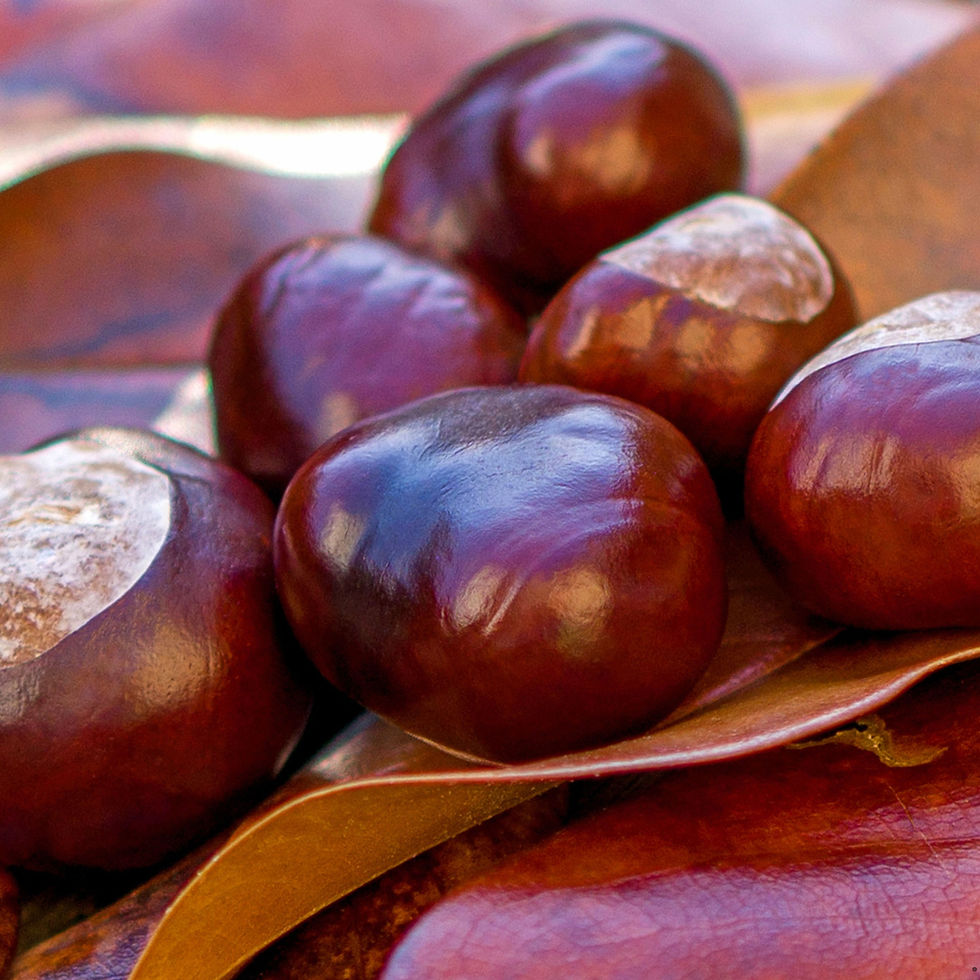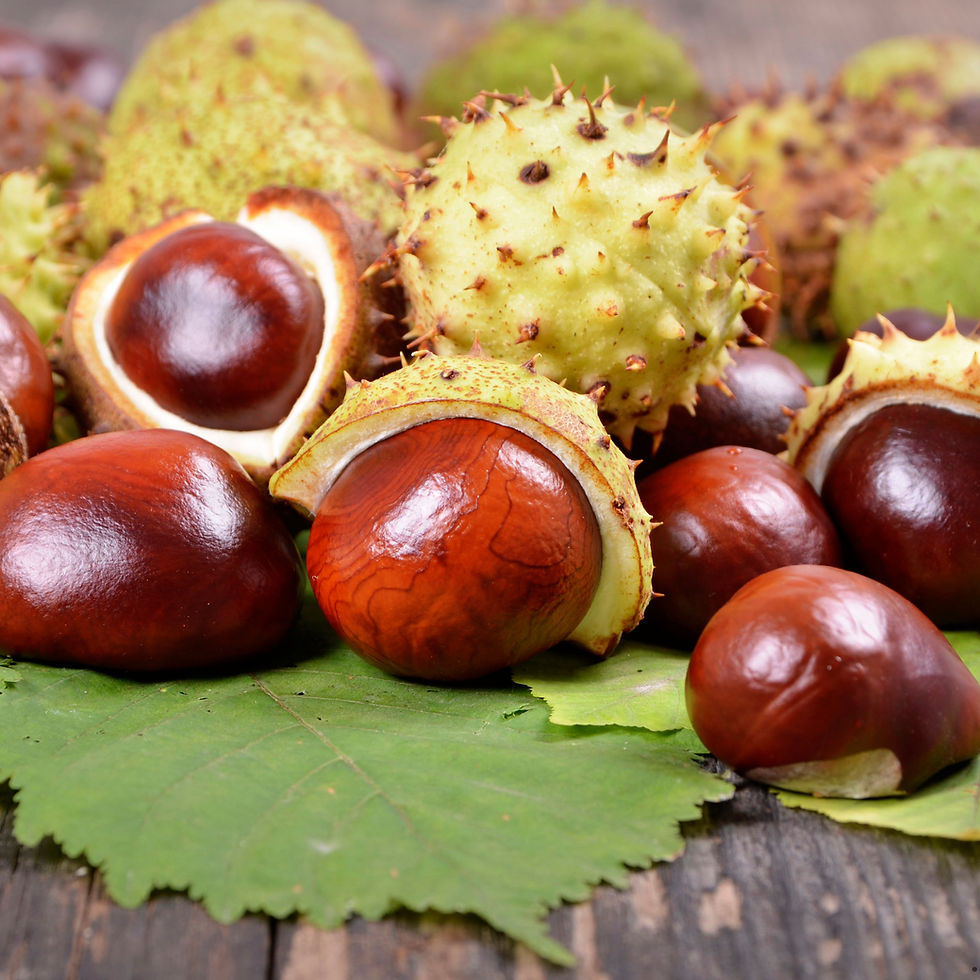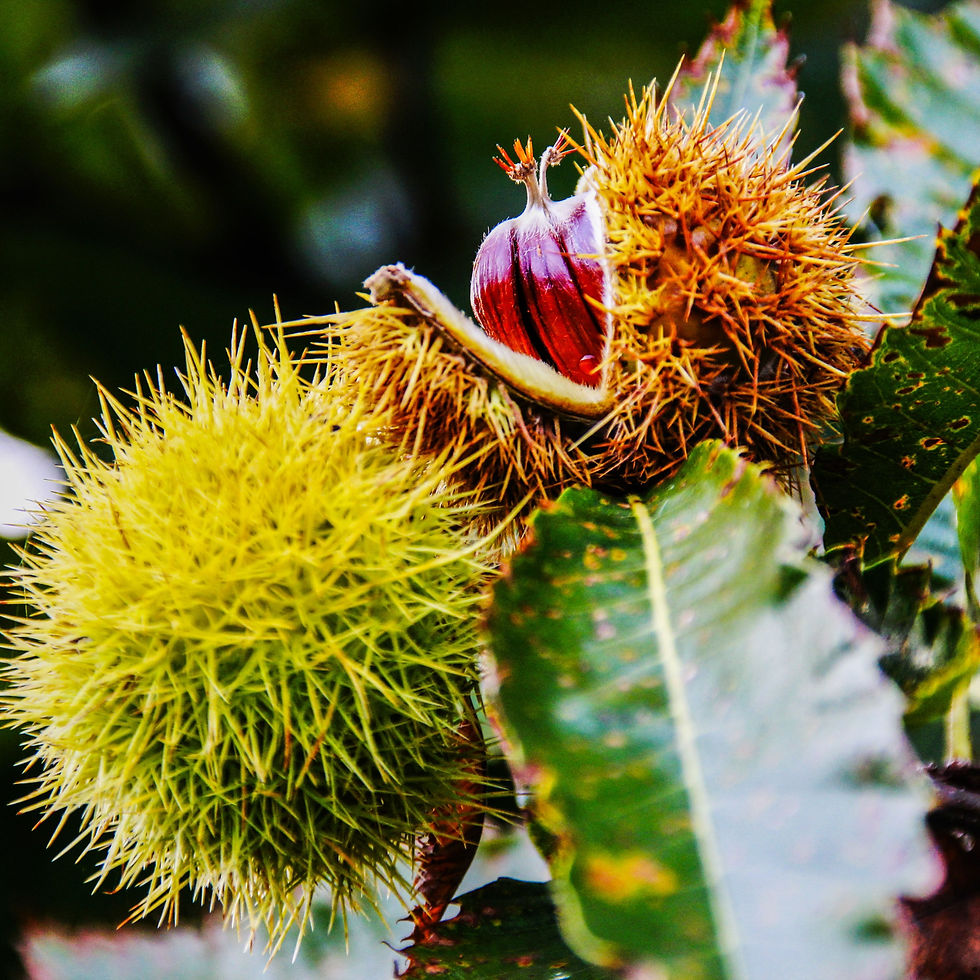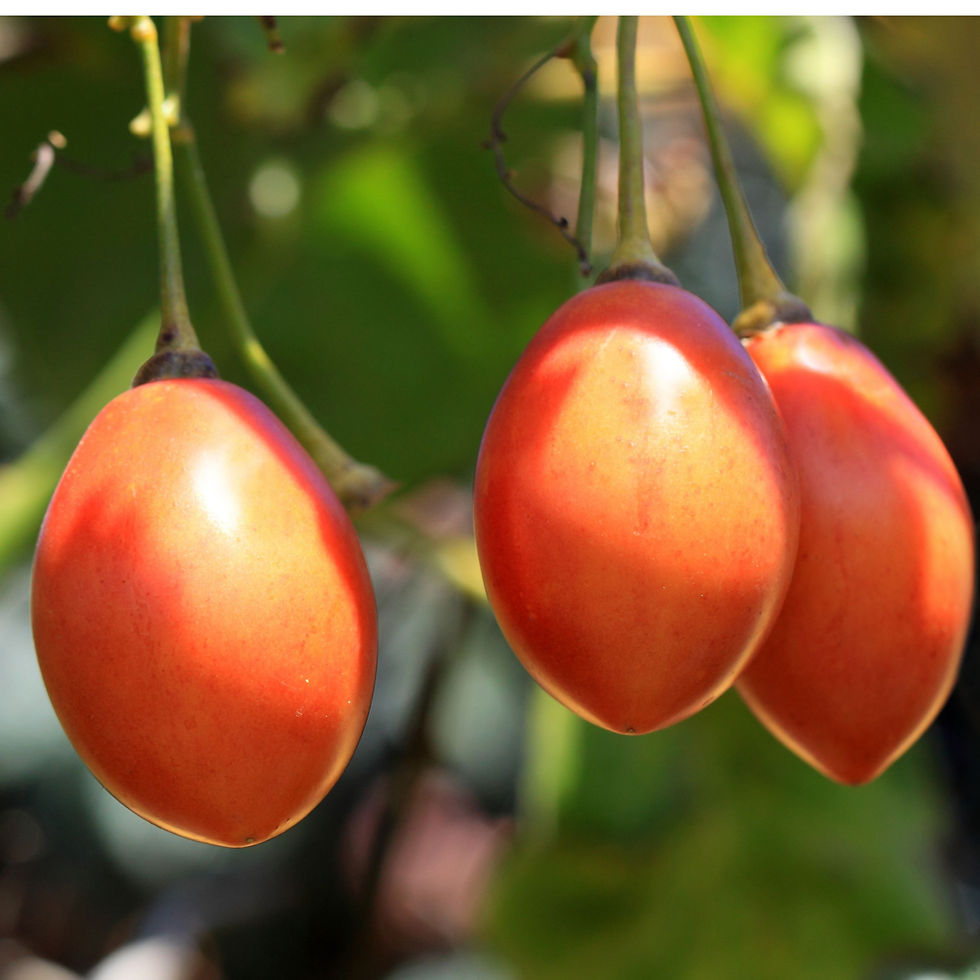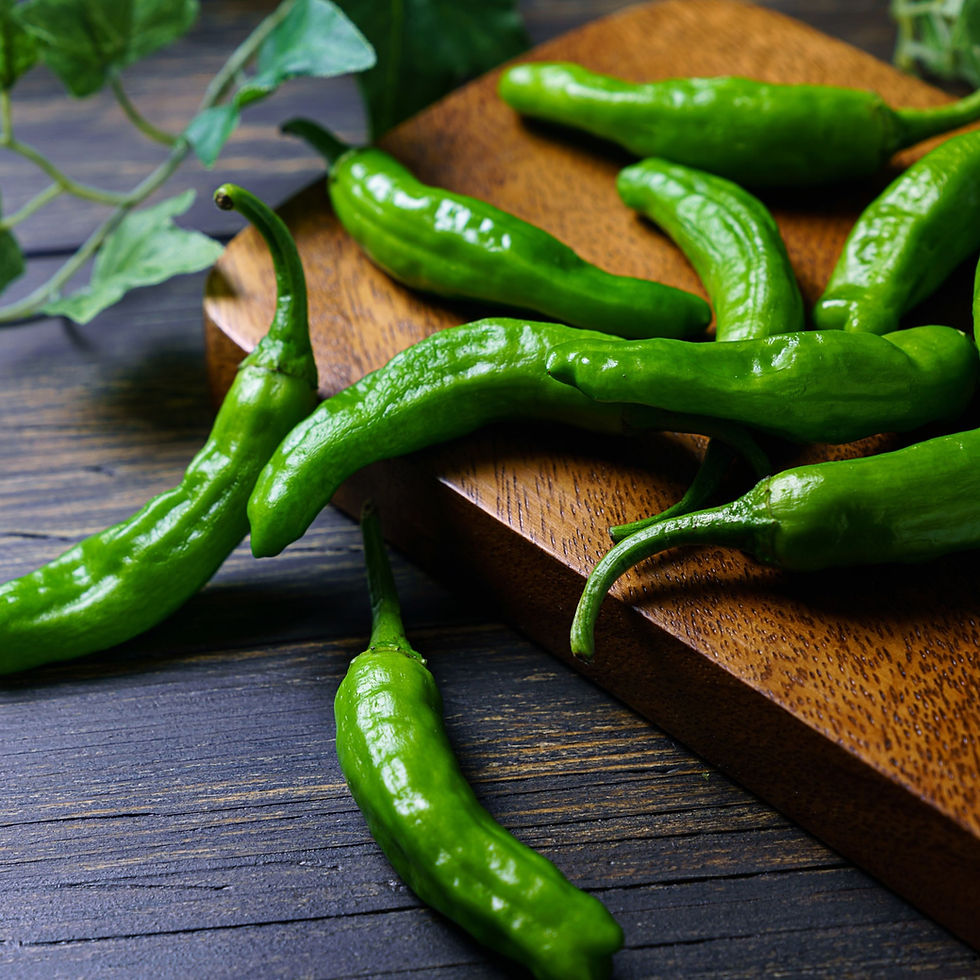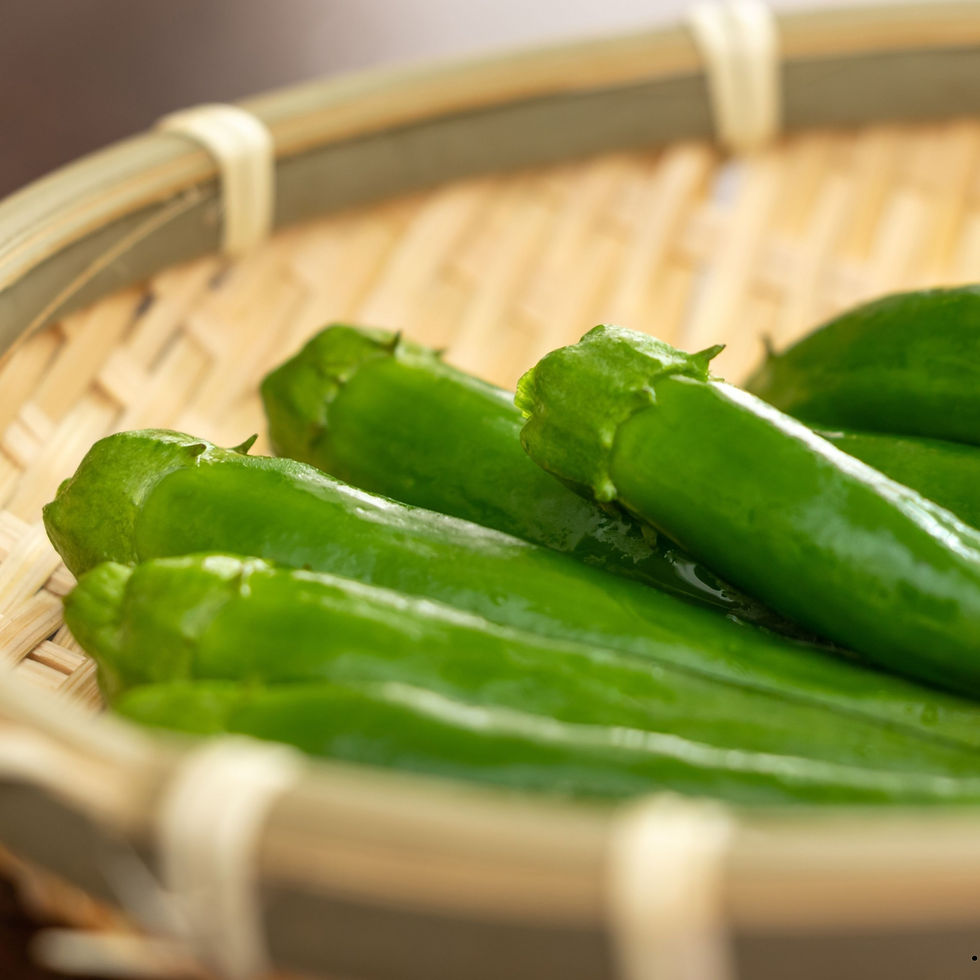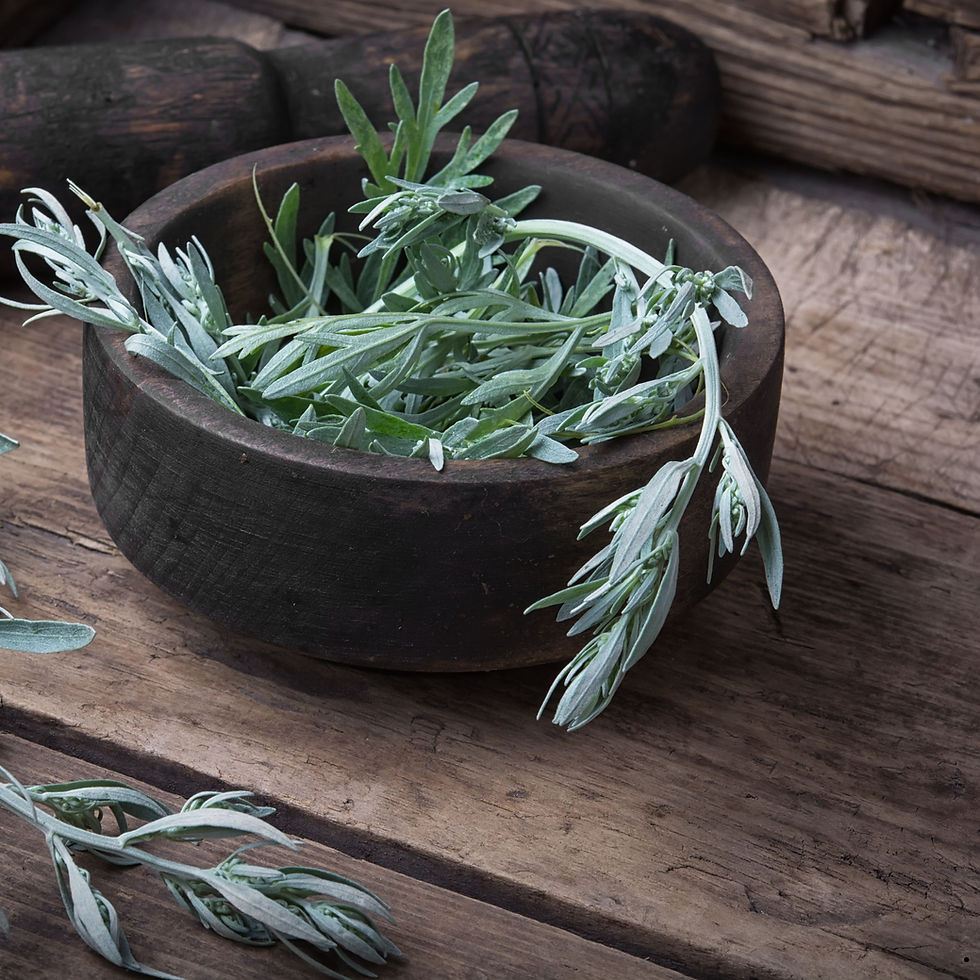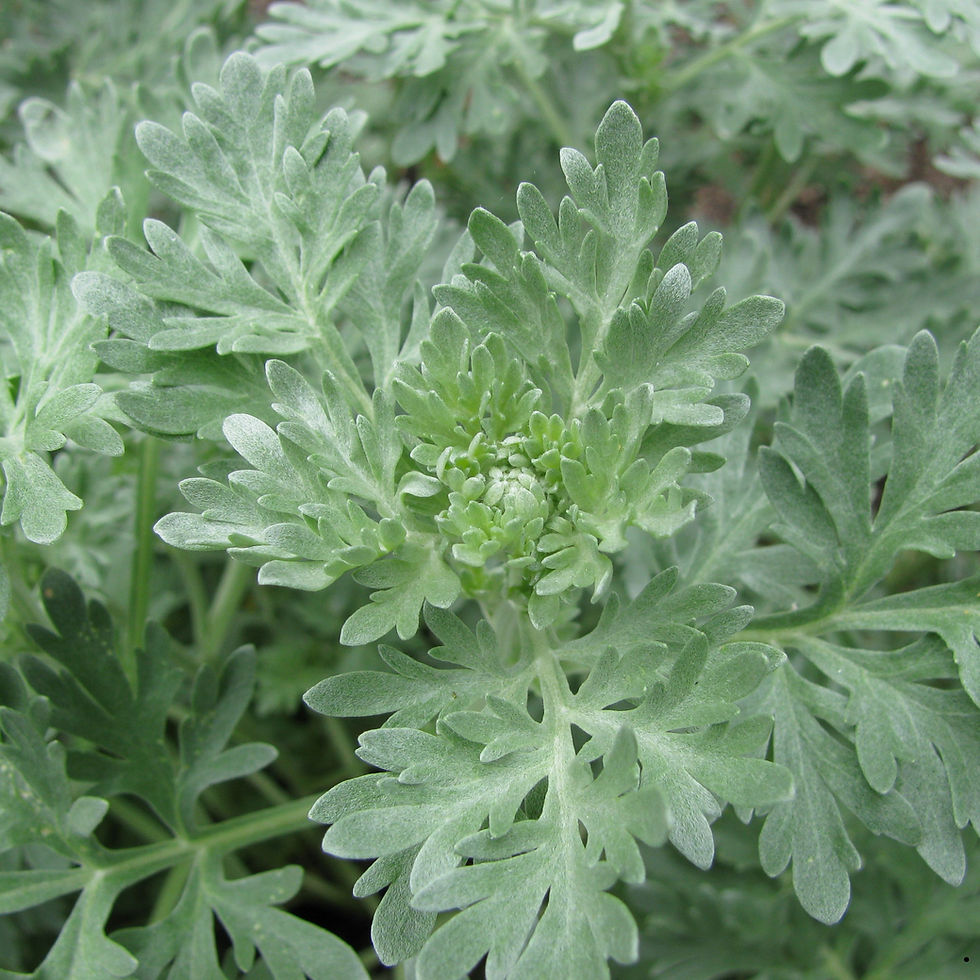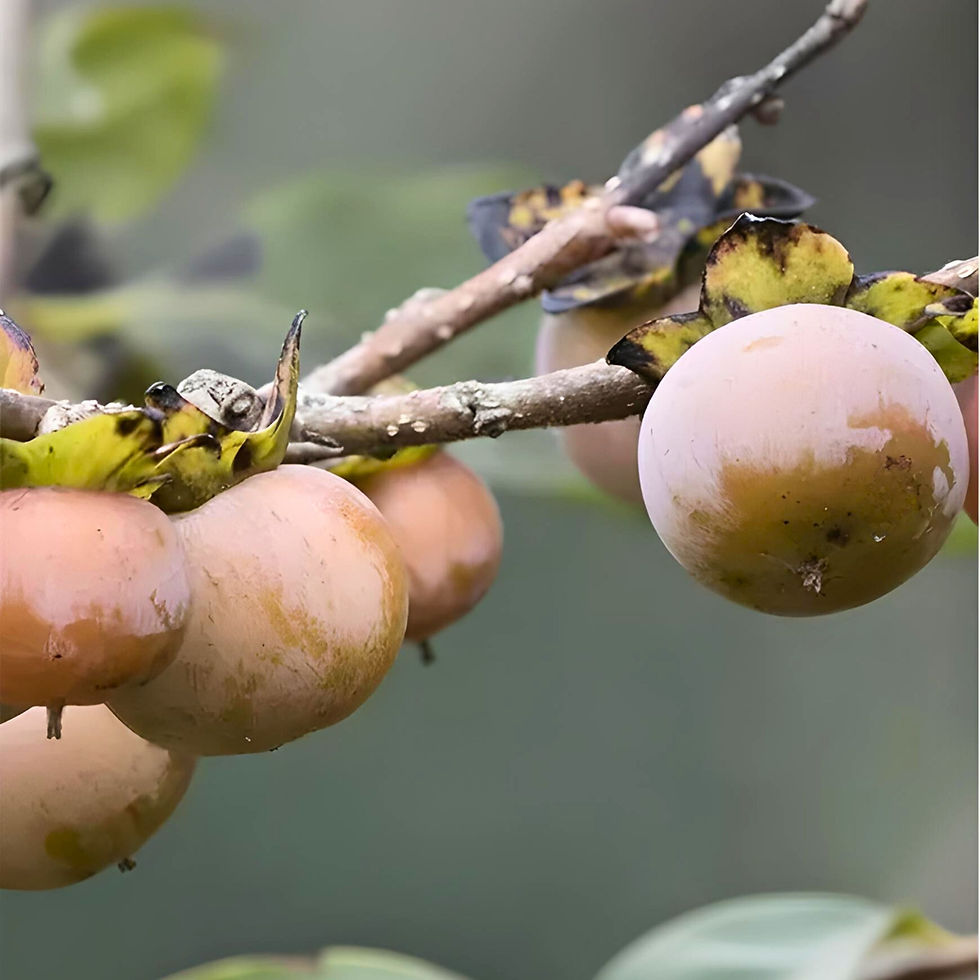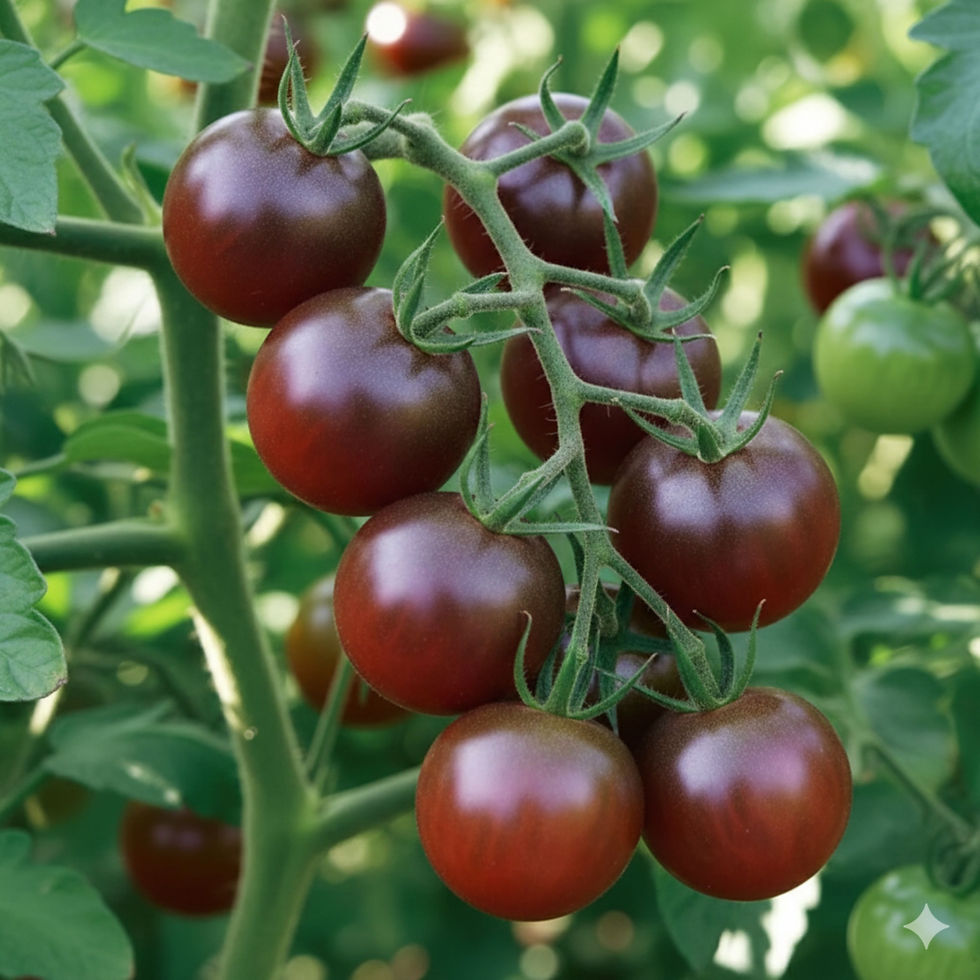Turkish Eggplant seeds
Turkish Orange Eggplant is a striking addition to any garden! Originating from Turkey, this compact variety will produce high yields of 2-ounce fruits about 3 inches in diameter or the size of a tennis ball. These can grow in containers with ease but will do well in raised beds, also.
These are highly ornamental when they mature and turn a deep orange hue with green stripes. However, if harvested and enjoyed while they are younger while they are yellow/gold, the flavor is said to be sweeter. Turkish Orange Eggplant has a rich flavor that is not bitter like other varieties.
Seed count: 25
Solanum melongena











